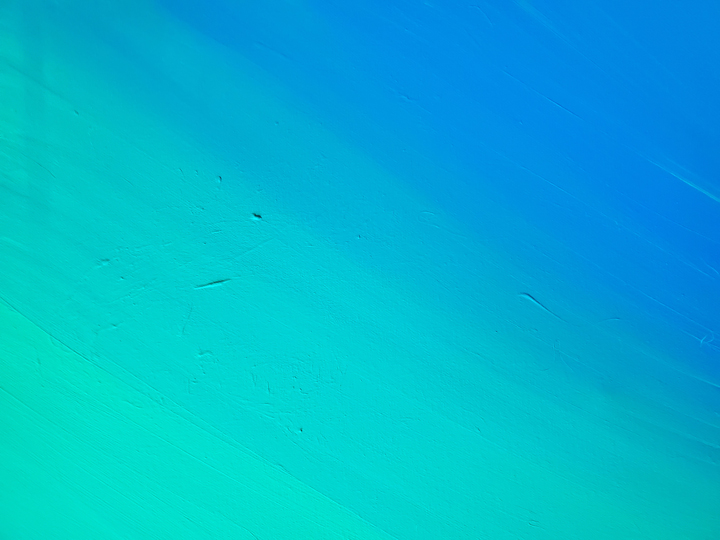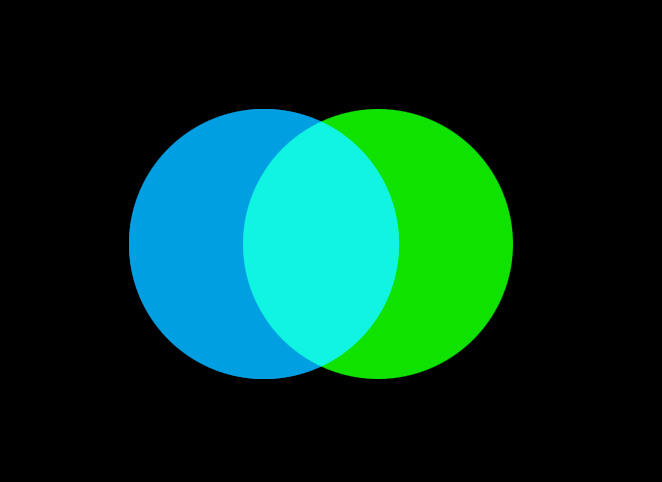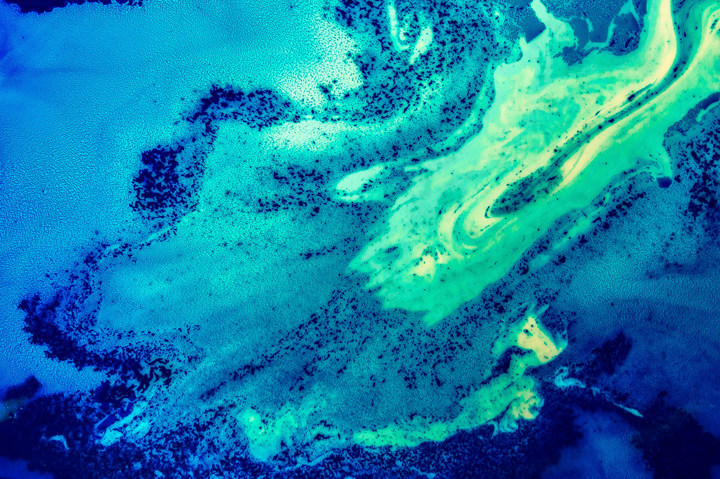If you’re wondering what the colors green and blue make when mixed, you’re in the right place.
Maybe you’re taking up painting or you’re just curious about colors.
So, what comes to mind when you imagine mixing the colors blue and green together? You might have a clear idea in your head, but the truth is that it can vary.
It depends on many things, such as how much of each color you use. Plus, the colors you start with in the first place. And you’ll need to consider which color system you’re using, too.
Blue and green can make a range of different shades, so let’s dive in and find out more!
What do you get when you mix green and blue?

Think back to when you were learning about colors in school (either in science or art class). You probably learned that there are three primary colors – red, yellow, and blue.
That’s true, and it’s useful to know if you’re mixing paints. You can make orange by mixing yellow and red. You’ll get purple when you combine red and blue, and yellow and blue make green.
But what happens when you mix blue with green?
That’s a little more complicated. While blue is a primary color, green is a secondary color. And it can also have more yellow pigment or more blue pigment. So, that affects the exact shade of green you’ll have.

When you mix blue and green, you can end up with turquoise. But you can also create a blue-green shade, teal, jade, cobalt, or another shade altogether.
And that’s assuming that you’re using paint. But if you’re referring to the light spectrum, colors work a bit differently. And to understand how and why that happens, you need to know about the different color systems.
What are the Different Color Systems?

Schoolkids are taught the primary color system as it refers to paints – i..e., red, yellow, and blue.
But this isn’t the only color system nor the most common – especially in this digital age. So, you’ll need to understand additive and subtractive colors.
It sounds a little confusing at first, but it’s not as complex as it seems. And it’s essential for understanding color mixing.
What are additive colors?

Now, printers and digital devices use the RGB color system – replacing yellow with green.
This is the additive color system. It works using red, green, and blue as a base.
You’ll find that when you combine these three colors, you end up with white. And so these three colors are called additive colors.
The light spectrum also uses the additive color system. That’s because different colors of light have different wavelengths. When you combine these different colored lights, you mix the wavelengths. And the result is white light.
What are subtractive colors?

On the other hand, you have the subtractive color system, i.e. the CYM system.
Cyan, yellow, and magenta are subtractive colors. When all three shades are mixed, you get black, rather than white.
You’ll know this from whenever you’ve tried to mix paints. If you mix all these different paint colors together, you’ll end up with black. (Although in practice, it can look more like a murky brown color – basically a dark shade).
So, how do you get a subtractive color in the first place? You can make them by mixing two of the additive colors together, which means red, green, or blue.
If you mix green and red in this color system, you’ll get yellow. Combine red and blue, and you’ll end up with magenta. And finally, when you mix green and blue, you’ll get cyan.
Mixing Green and Blue Using the Subtractive Color System
So, what happens when you mix different ratios of blue and green together?
There are millions of color shades out there. For example, most laptops and TVs can display over 16 million colors.
But it’s a little simpler when mixing paint colors together. For one thing, you don’t have as many different paint shades available.
Let’s take a look at what you get when you mix different ratios of blue and green. The results can be striking in how varied they are.
50% Blue + 50% Green

What do you get when you mix equal parts green and blue paint? You’ll end up with a gorgeous shade of teal.
You’ll find teal on the color wheel between green and blue. And as this ratio suggests, it’s exactly halfway between them. So, there isn’t a stronger blue or green undertone.
The hex code for teal is #008080. But as you can imagine, you can make different teal shades and hues by adding a little white or black to the color.
70% Blue + 30% Green
When you mix more blue than green, you’ll have a rich cobalt shade. It’s much more blue than green, with a medium-dark color.
So, you might not even realize it has some green mixed in. But this shade is actually made up of 30% green.
The color cobalt has been around since ancient times. It’s closest to the hex code of #004DB3.
70% Green + 30% Blue
So, what happens when you mix more green than blue? If you use 70% green paint in your mixture, you’ll have a bright jade color.
Jade is a rich green color with a blue undertone. It corresponds to the hex code #00B34D.
You might be familiar with the jade stone. However, that tends to be a lot paler in real life than this color actually is.
Mixing Green and Blue Using the Additive Color System

You’ll need to use the additive color system if you’re working with colors digitally.
So, what happens when you mix green and blue using additive colors?
This method isn’t always as intuitive as when it comes to subtractive colors. So, here’s a quick guide.
When you mix blue light and green light, you’ll end up with cyan. It’s a bright, lighter shade of blue and very vibrant. But it can also appear tranquil and calm depending on your use.
One way to test this is by using an additive color mixing tool like Dopely. You can play around with different color combinations to see what you get.
Don’t forget that color is a spectrum. So, you can experiment with different ratios and end up with a variety of blue-green shades.
For example, add a bit more blue, and you could get cerulean. This color looks like a bright, sky blue with slight green undertones.
Making Your Blue-Green Color Darker or Lighter
Once you have the right ratio of blue to green, you can tweak it further. One way to do this is to add more black to your shade. That way, you’ll end up with a darker shade that’s not as bright and vibrant. It’s helpful to do this if you want a more serious, muted color.

And in contrast, you can lighten a shade by adding white. Mix it in a little at a time if you’re using paint until you get the perfect hue.
An alternative method is to start off with a lighter shade of green or blue in the first place. Then, you’ll automatically get a lighter blue-green color as a result.
What Do Blue and Green Make – The Wrap Up
By now, you should know what you’ll get when you mix green and blue. And you should be confident in the results, no matter what color system you use.
Mixing blue and green paints is easy by following the subtractive color system. You’ll end up with a rich teal or blue-green shade. Or you could get cobalt or jade if you alter the paint ratios.
And with the additive color system, you’ll know that blue and green make cyan.
In actual fact, there isn’t much difference in the result between these two color systems. It’s just about how you combine the colors to get the desired effect.
Blue and green make gorgeous colors when combined. These cooler shades are calming and relaxing, evoking clear skies or sea waves.
So, there’s everything you need to know about what green and blue make. Share this on social media if you found it helpful, and feel free to drop any questions below!





